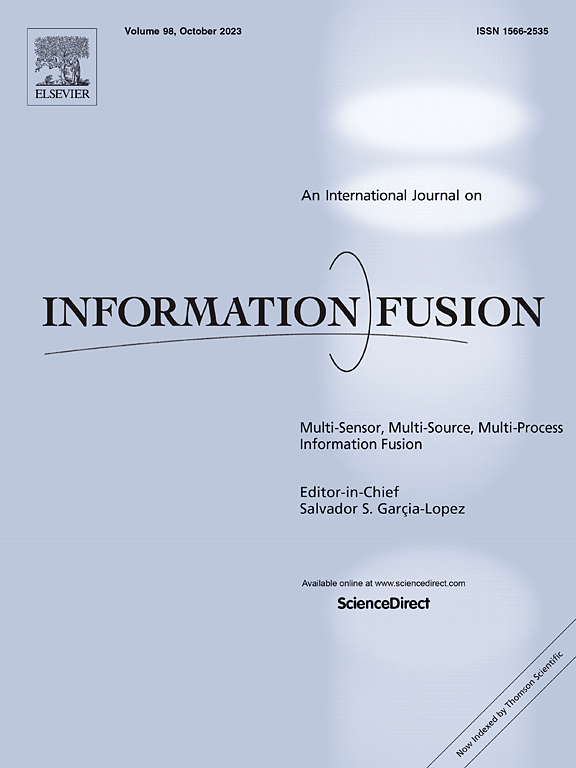Towards haze removal with derived pseudo-label supervision from real-world non-aligned training data
IF 14.7
1区 计算机科学
Q1 COMPUTER SCIENCE, ARTIFICIAL INTELLIGENCE
引用次数: 0
Abstract
Single-image dehazing seeks to restore clear images by addressing degradation issues caused by hazy conditions, such as detail loss and color distortion. However, since collecting large-scale and precisely aligned hazy/clear image pairs is unrealistic in real-world scenarios, existing data-driven learning-based dehazing algorithms are often affected by data authenticity and domain gaps between synthetic and real-world scenes, resulting in unsatisfactory performance. To this end, we propose a novel haze removal framework derived from real-world captured non-aligned training data. Specifically, our framework can be divided into two components: a pseudo-label supervision generation stage and an image dehazing stage. For one thing, the former stage explores clean-related style information from the haze-free image and transfers it to its corresponding hazy counterpart, thus generating fine-aligned training image pairs. More clearly, we relieve domain divergence and pixel misalignment through a well-designed Cross-Modulation Align Network (CMA-Net), which includes the Domain Transfer Module (DTM) and Feature Alignment Module (FAM). For another, the later stage focuses on constructing an effective dehazing architecture with a pseudo-label pixel-wise supervision training paradigm. Therefore, we propose a standard U-shape dehazing network with Physics-related Feature Unit (PFU) and Gate Attentive Fusion (GAF). Furthermore, we establish a new non-aligned hazy/clear dataset named Hazy-JXBIT by our camera devices, to further evaluate the proposed dehazing framework. Extensive experimental results demonstrate that these fine-aligned pseudo-label training pairs generated by CMA-Net can be beneficial for building a steady dehazing network USD-Net, and prompt us to obtain superior performance over existing state-of-the-art methods.
求助全文
约1分钟内获得全文
求助全文
来源期刊

Information Fusion
工程技术-计算机:理论方法
CiteScore
33.20
自引率
4.30%
发文量
161
审稿时长
7.9 months
期刊介绍:
Information Fusion serves as a central platform for showcasing advancements in multi-sensor, multi-source, multi-process information fusion, fostering collaboration among diverse disciplines driving its progress. It is the leading outlet for sharing research and development in this field, focusing on architectures, algorithms, and applications. Papers dealing with fundamental theoretical analyses as well as those demonstrating their application to real-world problems will be welcome.
 求助内容:
求助内容: 应助结果提醒方式:
应助结果提醒方式:


